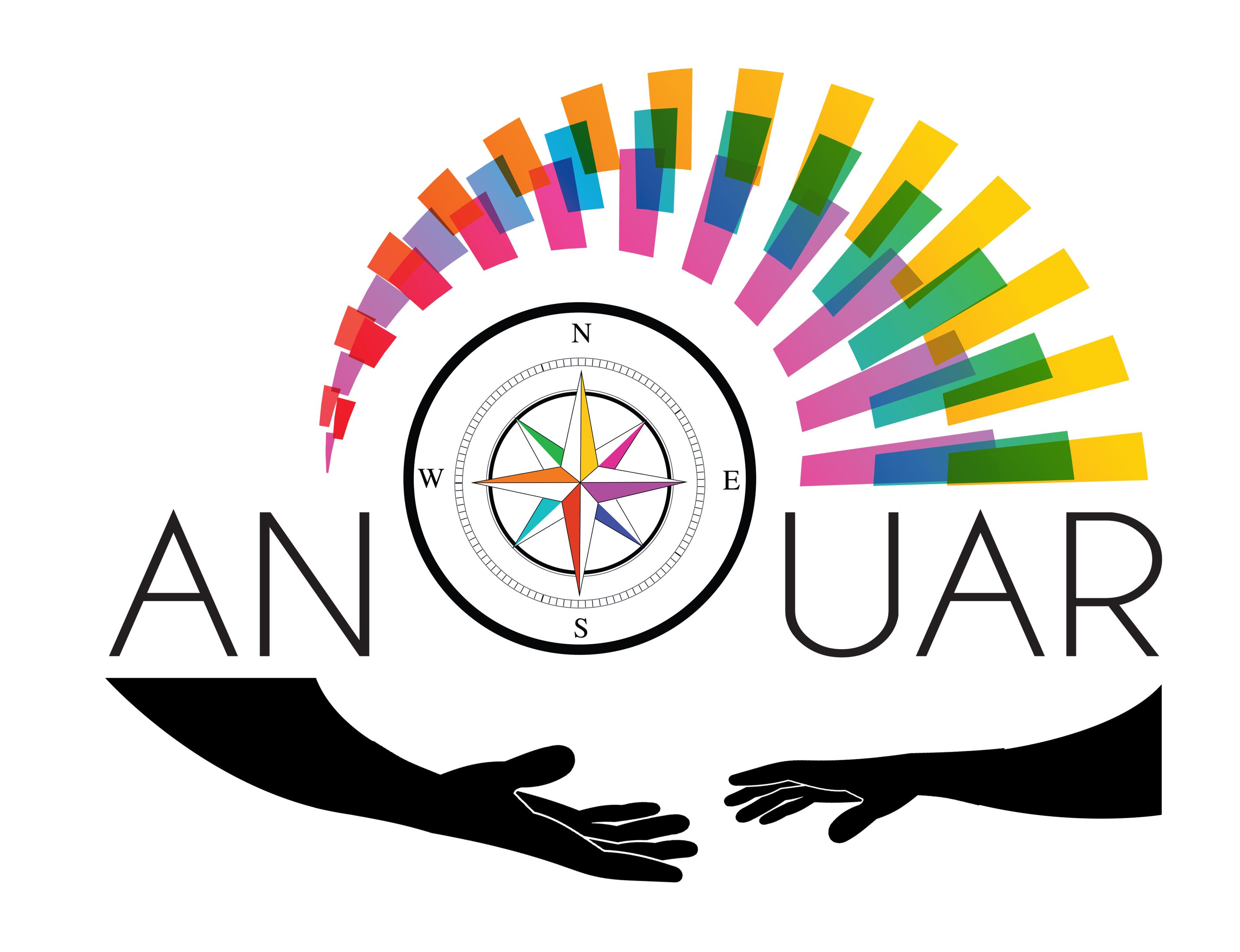Political, economic, and institutional factors have historically hampered regional development in Tunisia. Elite plans have not ensured the fair distribution of resources, both material (public funds, state and local investment, and infrastructure,) and immaterial (administrative capacity, distributive justice, and legal mechanisms). Nor have they had any effect on investors’ and politicians’ perceptions[1] of the socioeconomic margins of Tunisia. While politicians pay lip service to regional development, the gap continues to widen between power holders’ declaratory policies and local communities’ expectations.
Thus, political rhetoric and state plans have fallen short of delivering on the promise of regional development as an overarching framework for minimizing deprivation.[2] The result has been what is termed here “multiple marginalization,” or al-tahmish al-murakkab. Multiple marginalization, as conceived here, is a form of regional, spatial, and cumulative estrangement manifested through a state of socioeconomic and political disadvantage. The goal should be a more equal distribution not only of justice, but also of burden-sharing, namely, of alleviating deprivation and poverty throughout Tunisia.
Multiple marginalization in Tunisia has a three-fold manifestation. First, it consists of regional estrangement from the body politic qua marginalization, as the country’s South and West are relegated to a marginal status. The second level is economic and development estrangement from value-making. This hinders the ability to create goods and services and find employment. The third aspect is human estrangement, whereby people are separated from national wealth and distributive justice. Here estrangement is a loss of agency and the potential for self-regeneration qua worthiness, identity, and belonging. Examined briefly below, the interconnected indicators of multiple marginalization can include disparities in access to healthcare, natural resource wealth, clean air and water, income, employment, education, and even avenues for political participation.
This policy briefing approaches the dilemma of marginalization in Tunisia from a development perspective. It is organized as follows: first, it traces the Tunisian experience with regional development, picking up the idea of the “development of underdevelopment.” Next, it sheds light on the fault lines drawn by the marginalization of Tunisia’s interior and southern regions, highlighting their connection to disaffection and unrest in the country. Finally, it concludes with policy recommendations and suggests rethinking regional development with an integrative approach that capitalizes on local agency.
Region Key: Tunisian Governorates by Region

Source: Brookings Doha Center, 2019
Tunisia’s “Development of Underdevelopment”
The 2010-2011 uprising exposed pressing nation-wide development predicaments in Tunisia. Despite the country’s high scores on various development indicators, “deep-rooted distortions” of its economy, accumulating for decades, manifested in a failure to create jobs or deliver inclusive and sustainable growth within a social, political, and economic system dominated by a small coterie of elites.[3]
Exacerbating the development conundrum has been the problematic of regional development that, since the country’s independence, has failed to take off in Tunisia. Instead, regional development came to be defined by divisiveness. It was a top-down enterprise, micromanaged by the state. This defeated the whole purpose of promoting economic agency and collective ownership in Tunisia’s impoverished center and interior regions.
The policies enacted by Habib Bourguiba, Tunisia’s leader from 1957 to 1987, and Zine El Abidine Ben Ali, who subsequently ruled for three decades, led to the emergence of what Gunder Frank called the “development of underdevelopment.” The country became mired in skewed “metropolis-satellite” interactions: its center would exploit capital and resources from its peripheries, blocking any capacity for economic self-sufficiency or self-renewal. This locked the peripheral regions into a dynamic that exacerbated, rather than eliminated, underdevelopment.[4]
Neither Bourguiba nor Ben Ali followed through on their declaratory policies to ensure specifically-allocated, regenerative investments that were directed toward deprived regions. The question of the intentionality of state neglect of the center and interior regions of the country cannot be definitively, empirically verified. One view holds that such marginalization policies emanated from “localized colonialization” and “domination” in a pattern of distribution that has historically favored the North and the Center-East (Sahel) over the South and Center.[5] However, such uneven development predates the postcolonial state in Tunisia. Political elites seem to have reinforced this policy after independence by downgrading those regions economically, politically, and religio-culturally via consecutive administrations from the time of Bourguiba to the present.[6]
The Layers of Multiple Marginalization
Deliberately or not, regions such as the North-West, Center-West, South-West, and South-East have worsened overtime, becoming zones of multiple marginalization. Schemes to help employment, industry, health, and housing are noted for their absence.
Poverty and Unemployment
Poverty and unemployment are much higher in deprived regions, as indicated in the graphs below. Despite the overall reductions in national poverty rates from 23.1 percent in 2005, to 20.5 percent in 2010, and 15.2 percent in 2015,[7] the regional gap measured in 2010 is still significantly wide. According to Tunisia’s National Institute of Statistics, sub-national poverty rates vary considerably: around 26 percent in the North-West and 32 percent in the Center-West, compared to around 8 or 9 percent in the Center-East and Greater Tunis regions in 2010 (Figure 1).
Unemployment rates are similarly higher in the North-West, Center-West, South-West, and South-East. As indicated in the graph below, worsening employment prospects especially stand out in the South-West and South-East, with the 2016 regional unemployment rates at 25.0 percent and 25.3 percent, respectively. By contrast, the Center-East, features the lowest levels of unemployment: 11.1 percent in 2014 and 10.0 percent in 2016. The North-East and Greater Tunis regions also demonstrate lower unemployment rates—closer to around 13 percent (Figure 2).
Figure 1: 2010 Poverty and Extreme Poverty Rates by Region

Source: L’Institut National de la Statistique (INS) [The National Institute of Statistics[8]




